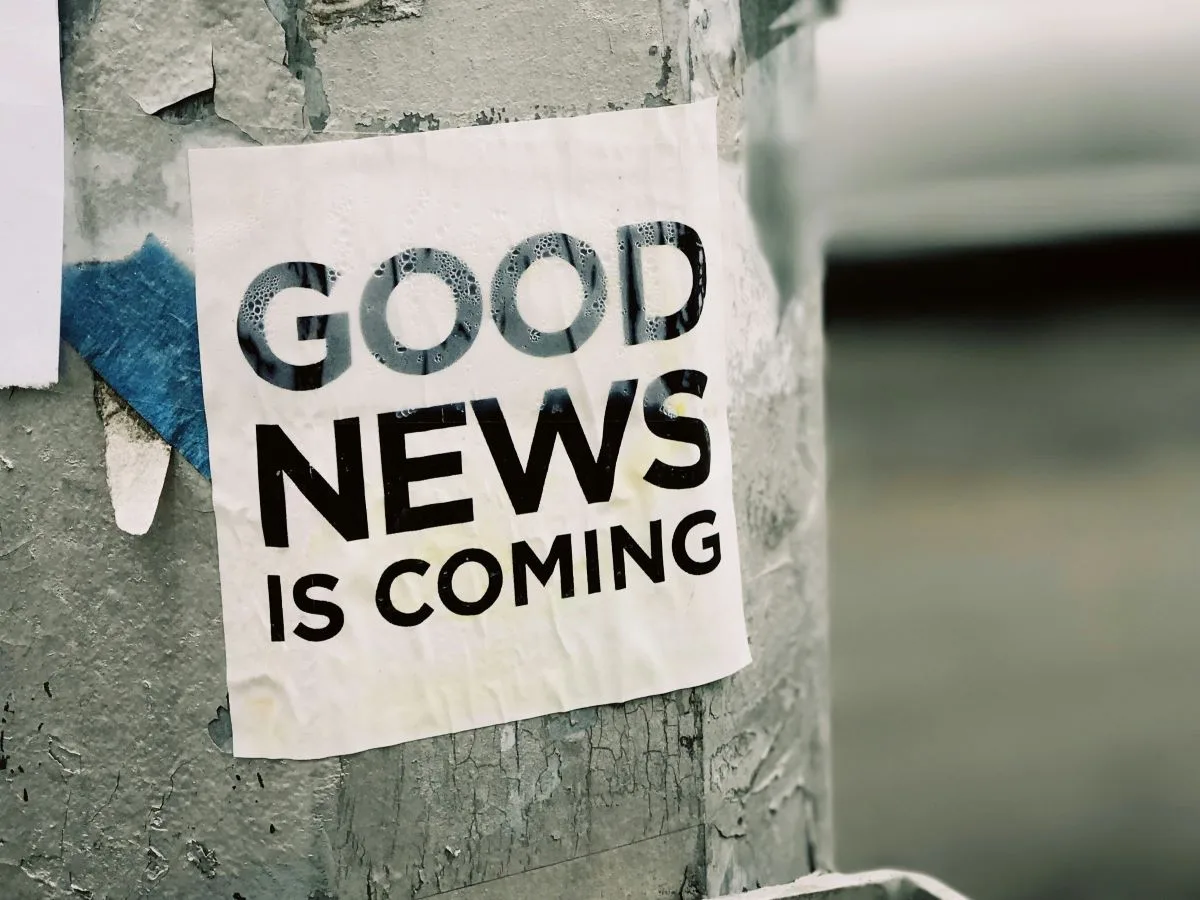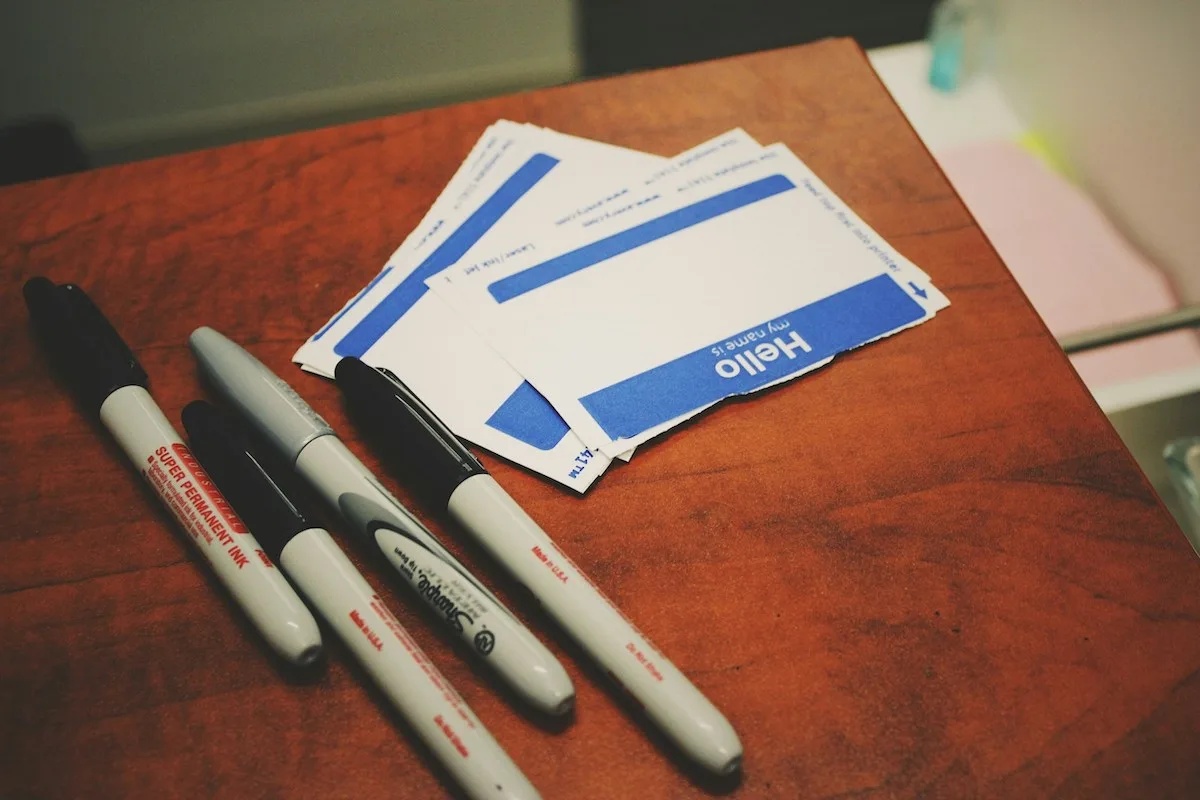
The nonprofit industry loves talking about how to run a successful GivingTuesday campaign. And why not? It’s one of the most high-profile fundraising days of the year. It’s easy to focus on fundraising success and forget about donor retention.
But here’s the thing: Your GivingTuesday fundraising success is only part of the equation. Retaining your GivingTuesday donors is important, too.
Here’s why.
GivingTuesday Donor Retention Makes Financial Sense…
While you work on your plan to attract new donors on GivingTuesday, spend some time thinking about how you’ll retain them after the big day. You’ll get a better return on the time, money, and effort you spend executing your GivingTuesday strategy if you can inspire new donors to give again in the future.
Here’s an example:
Say you spend an average of $40 acquiring each new donor you recruit on GivingTuesday. You notice each new donor gives around $50, which means you net around $10 per donor.
If those new donors never make a second gift, that return on your investment won’t grow. But, if you can inspire new donors to give a second $50 gift, you’ll net $60 instead of $10. Retaining your donors is the most sustainable, cost-effective way to raise money.
Meeting your GivingTuesday fundraising goal means you’ve run a successful campaign; meeting your GivingTuesday fundraising goal and adding new donors to your base of loyal supporters is even better.
…And Will Make Your Organization More Sustainable
This is especially important as the nonprofit industry wrestles with current donor trends. Giving from individual donors is down, which means organizations are increasingly relying on gifts from major donors.
Predictably, this often results in nonprofits prioritizing donor stewardship and relationship-building with that small pool of people who make large gifts. And that, in turn, results in decreased individual giving, and the cycle continues.
When you prioritize retaining smaller individual donors—like the ones who will give to your organization on GivingTuesday—you’ll start building a base of repeat supporters that will make your nonprofit more sustainable.
Relying on a handful of major donors for your revenue is risky: Losing one or two of those donors can have a dramatic effect on your annual fundraising. A large community of supporters helps you mitigate that risk.
A 2022 report by The Fundraising Effectiveness Project revealed a steep drop in donor retention over the previous year. As Tim Sarrantonio, Neon One’s Director of Brand reflected, a 5.2% drop in retention indicates that nonprofits are struggling with donor retention and points to an increased need for more effective retention tactics.
With that in mind, let’s take a look at seven different steps you can take to retain your GivingTuesday donors.
1. GivingTuesday Donor Retention Is Easier With the Right Data
If you want a donor to stay involved with your organization after GivingTuesday, you need to give them a positive, personalized experience. That positive experience will make them more likely to engage with you after their gift, engage with future communications, and give to you again in the future.
Your donor’s experience with you extends beyond the actual donation process—the days and weeks immediately after someone makes a gift will make or break their decision to donate again in the future. To create that personalized experience for them, you’ll need to make sure you collect the right data.
Some of the data you’ll want to collect is fairly simple: Their name and email address will be important, as will the knowledge that they donated to your GivingTuesday campaign. Other data will help you personalize your donors’ future experiences, like:
- The program or fund they supported
- Their donation amount
- Which channel inspired their gift (did they give by email? After reading a Facebook post? Through direct mail?)
- Other ways they’ve interacted with your nonprofit (have they volunteered? Made in-kind gifts? Attended classes? Been a client?)
The more data you have available about your donors, the more you’ll be able to segment future messaging that makes them feel seen and appreciated.
But there’s a catch: Collecting extra data is useful, but adding additional fields to your donation form will decrease your conversion rates. If you’re looking for a way to gather extra data about your donors, try creating a post-donation survey. Then, include a link to your survey on your confirmation page, in your receipt, or in your thank-you letter.
Invite donors to tell you about themselves and use that information in future communications. Asking donors to do a favor for you in your donation follow-up is a tried-and-true donor retention tip! You can learn more about how to create a great receipt or thank-you letter (and snag some useful templates) by downloading the email templates in our GivingTuesday Resource Center.
2. Include a Recurring Gift Option On Your Donation From
Does your GivingTuesday donation form include the option to set up a recurring gift? This is probably the easiest tweak you can make to your campaign to encourage donor retention beyond GivingTuesday.
Recurring donations are a powerful fundraising tool for two reasons. The first is that recurring donors have much higher retention rates than one-time supporters: According to Donors: Understanding the Future of Individual Giving, the retention rate for recurring givers is around 90% while the average retention rate is around 45%.
If you can inspire a new donor to set up an ongoing gift, the likelihood that they’ll continue their support in the future is much higher than it would be if they made a one-time donation. Giving donors the option to make a recurring donation is a simple way to build a base of loyal supporters.
The second reason recurring options are invaluable is their ability to give donors a way to make a big impact with a small monthly commitment. Sustaining donors tend to give more per year than their one-time counterparts: The mean gift size for monthly donations was $63 a month, which comes to $756 a year. How many one-time donors consistently give that much each year? Adding recurring options to your form is just one of several GivingTuesday donor retention best practices you should try as you work on your campaign. Check out this article on how to build a great GivingTuesday donation form for six more strategies you can use to make your form as effective as possible.
3. Follow Up With GivingTuesday Donors Promptly
One of the best ways to retain your donors is to have a solid communication plan in place for the days and weeks immediately following GivingTuesday.
When you reach out to new donors shortly after they make a gift, you achieve two things. You start building a relationship with them while your nonprofit is still top of mind, which makes them more likely to read and absorb any information you send them.
You also extend the positive feelings associated with donating to a good cause, which will create a positive experience for them and make them more likely to give again.
As you start building your GivingTuesday donation form, emails, and social media posts, take a few minutes to customize the automated receipt your donors will receive after their gift. Adding a sincere thank-you note, a great image, and a short impact statement will make a positive impression on your new donor and set the stage for future communications.
Send your GivingTuesday donors a standalone thank-you letter a day or two after the big day. Use it to thank them for their support, update them on how much they helped raise, and include some information about how that money will make a difference.
Don’t ask for another gift here! Your goal here is to make your donor feel appreciated, welcome them to your community of donors, and signal to them that you’ll use their money wisely.
You can make an even bigger impression on new donors by creating a welcome email series for new donors. This is a great way to thank your new supporters, let them know how they’ll make an impact, and share valuable information about your organization, your work, and how they can make a difference by continuing to support your cause. You can learn more about creating an email welcome series (and grab some worksheets that will help you write a great one) by downloading The Fundraiser’s Guide to Welcome Email Series.
4. Impact Updates Will Improve GivingTuesday Donor Retention
People donate to nonprofits because they want to make a difference in their communities. Reporting your GivingTuesday donors’ impact speaks to that desire! When you can, send an update to your donors about the tangible outcomes associated with their gift.
When reporting your donors’ impact, try to be as specific as you can. How many people were able to get groceries as a result of your food pantry’s GivingTuesday campaign? Did donors help fund an important upgrade at your facility? Will you be able to provide scholarships for your summer camp?
Tying donors’ financial support to real-life outcomes will make your supporters feel good about their donation and make them more likely to give again in the future.
If you’re raising money for a future initiative or program, share a fundraising update instead. Include details about the program, an update about how much your supporters have donated so far, and share how much is left to raise.
If you’re working toward raising $50,000 for a facility upgrade, for example, and you raised $32,000 on GivingTuesday, your update would include:
- A thank-you message to the people who supported your campaign
- A note that they donated $32,000 of your $50,000 goal
- Details about your upgrade and how it will help you serve your community better
- A closing statement about how your community has rallied to your cause and how excited you are to continue working toward your goal
A good impact update will make your donors feel good about their gift, signal that their money is being used wisely, and set the stage for a future appeal.
5. Consistently Encourage Participation
Donors are busy, and keeping your organization at the forefront of their minds is a challenge. After GivingTuesday, one way to achieve donor retention is by regularly communicating with donors to offer opportunities to stay involved.
This could look a variety of different ways—from participating in peer-to-peer fundraising to attending your nonprofit’s events—but the outcome is the type of deep engagement that retains donors.
Think about what you can present to donors after GivingTuesday is over: Is it volunteering opportunities? A campaign they can share with their network or offer a gift for other donors to match? Invitations to donor-exclusive dinners?
Once you’ve gathered your ideas, add them in as a regular part of your communications calendar.
6. Invest in a Nonprofit CRM
You may be wondering what software has to do with donor retention. Understandable! But many nonprofit CRMs, like Neon CRM, are capable of much more than holding donor data. In the same way that a nonprofit CRM can help you manage donor information, it can also help maintain donor relationships.
For example, use your CRM to segment GivingTuesday donors and send them personalized messages. Neon CRM allows you to track a donor’s engagement timeline, do a radius search to pull information for donors in a certain location for events, segment and automate communications, and generate powerful reports about donor activity—all features that support donor retention efforts beyond GivingTuesday!
7. Boost GivingTuesday Donor Retention by Writing a Great Appeal
After your GivingTuesday donors have received a thank-you letter and impact update, they’ll understand that you value their support, have used their past gifts wisely, and are invested in working with them to effect change. Now it’s time to tackle the next step of donor retention: Inspiring your new donors to make a second gift. Creating an effective fundraising appeal is both an art and a science—and that’s why we highly recommend reading Mary Cahalane’s article How to Write a Stellar Fundraising Appeal. Her eight-step process for writing a great fundraising letter will guide you through writing a compelling ask that will motivate your donors to give again.
Don’t Forget to Plan Your GivingTuesday Donor Retention Strategy!
As you plan your GivingTuesday campaign, take some time to think about what you’ll do with your new donors. Set yourself up for success by collecting good data you can use to create a personalized experience for your new supporters.
In the days and weeks following your campaign, prioritize sending thank-you messages and impact statements that will make your donors feel good about their support and set the stage for a future appeal. Your GivingTuesday donor retention strategy should include a plan for when (and how!) you’ll ask your supporters to give again.
The resources included in our GivingTuesday Resource Center will help! Download email templates that will help you create inspiring receipts and update emails, check out a year-end giving timeline that will help you plan your messaging, and explore articles and webinars that will help you along the way.
Join the discussion in our Slack channel on connected fundraising







